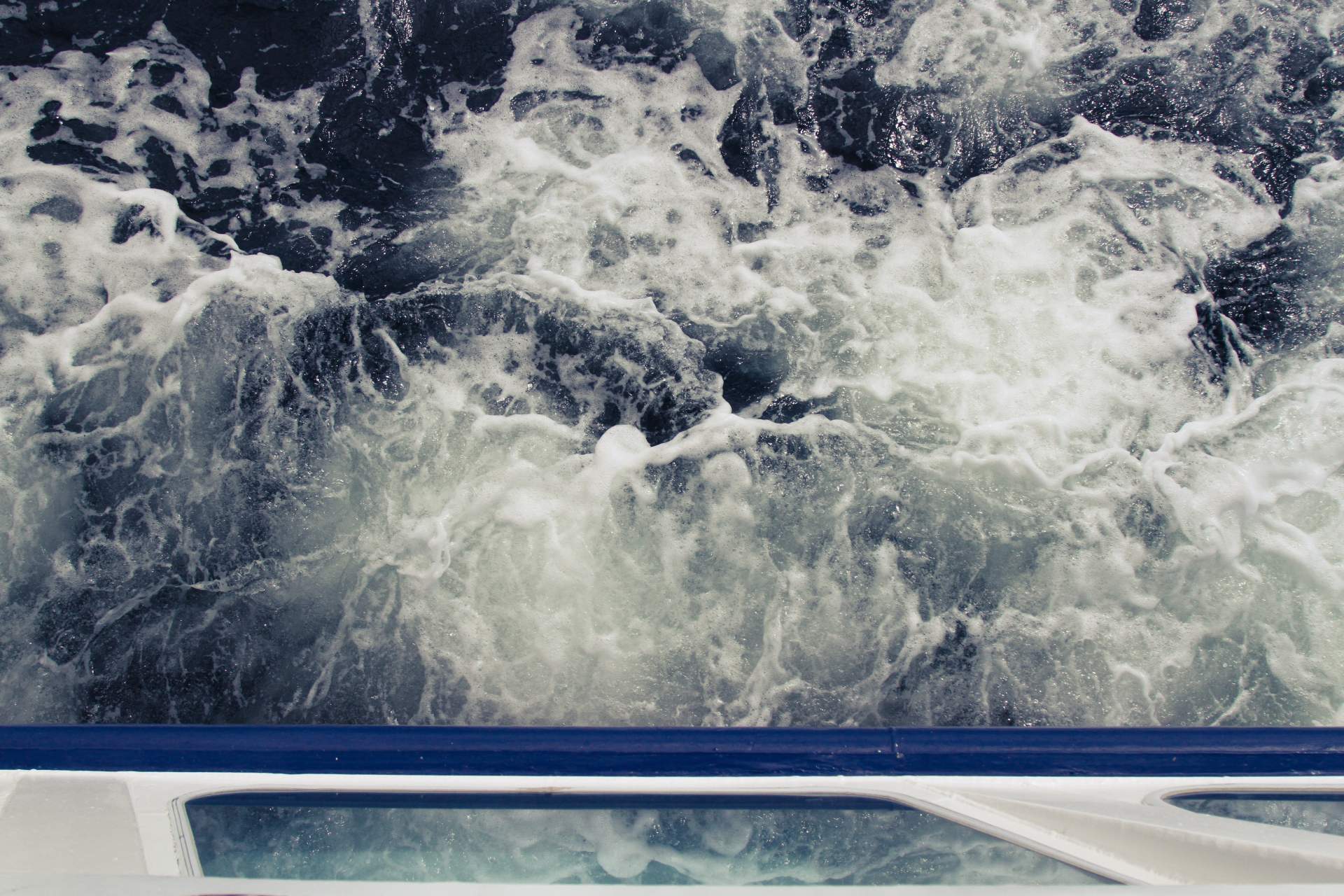A Day in Calais
22 February, 2016 Reading: 3:07 mins
Our PR Account Executive, Richard Gough, travelled to Calais to help organise donations for residents of 'The Jungle' and learn more about the situation over there.

The current refugee crisis is one of the biggest disasters in world history for decades. Thousands of refugees in ‘The Jungle’, Calais, are subject to living situations that nobody in the 21st Century should have to endure, and it seems many are hoping the problem will just vanish. I believe children will be learning about the current state of affairs in 50 years time and be totally perplexed as to how men, women and children lived in dire limbo for so long.
Last weekend I took a trip to Calais with a friend to go and see first hand what the situation was down there and lend a hand. Our car was full of food and clothes donated generously by friends and work colleagues, which we added to the mountain of donations in the warehouse not far from ‘The Jungle’.
We imagined turning up to a sombre and stressful atmosphere, but instead we were met with smiling faces that were happy to see more volunteers turning up. Food was being served to helpers and music was playing in the background; however, every now and then you would get a stark reminder as to why you’re there.
‘Large Cardboard boxes for bedding’ was emblazoned across the corrugated iron walls, which immediately makes you feel slightly sick as you pack clothes for 0-4 year olds. These children are just down the road in the wind and rain with no real home and still no real glimpse into what their future might hold, or where their future might be.
We had a small break for food so we jumped in the car to have a look round Calais before we had to leave for our ferry in a few hours. While driving round aimlessly taking in the subtle quirks that French towns always seem to offer, we came across a view of ‘The Jungle’. Driving down the motorway on the grey and bitterly cold day, we looked across to see the small tarpaulin houses blowing in the wind, surrounded by flattened land, which enables the police to see if anybody is trying to ‘escape’. Across from the cleared out areas two, seven metre tall fences run along the outskirts of the camp with rolls of barbed wire perched on top, while armed French police monitor the boundary in their vans and on foot.
Seeing the police vans on the motorway bridges watching over the camp like they were all criminals was a very disturbing and confusing image to see.
I don’t feel I am in any position to delve too deeply into the subject as I was only there for a day (many I spoke to have been there for weeks), but it’s a nightmare situation for many families. It’s an odd situation for the general public to be in, seeing the stories on the news of thousands of people left living not far from our shores, yet we can’t do much about it, nor do we know what’s going to happen to them.
At the moment the camp is about to be reduced in size to around half, leaving families to move on, either to other accommodation centres in France, or into converted shipping containers. It’s obviously going to be a long process but it seems plans are being put in place to move families out of the squalor.
We will head back as soon as possible, but as we only have a small car, if you have any clothes, books, food, or camping equipment then please click here.